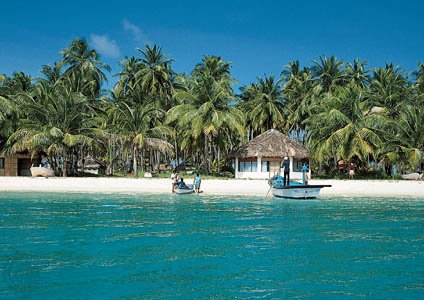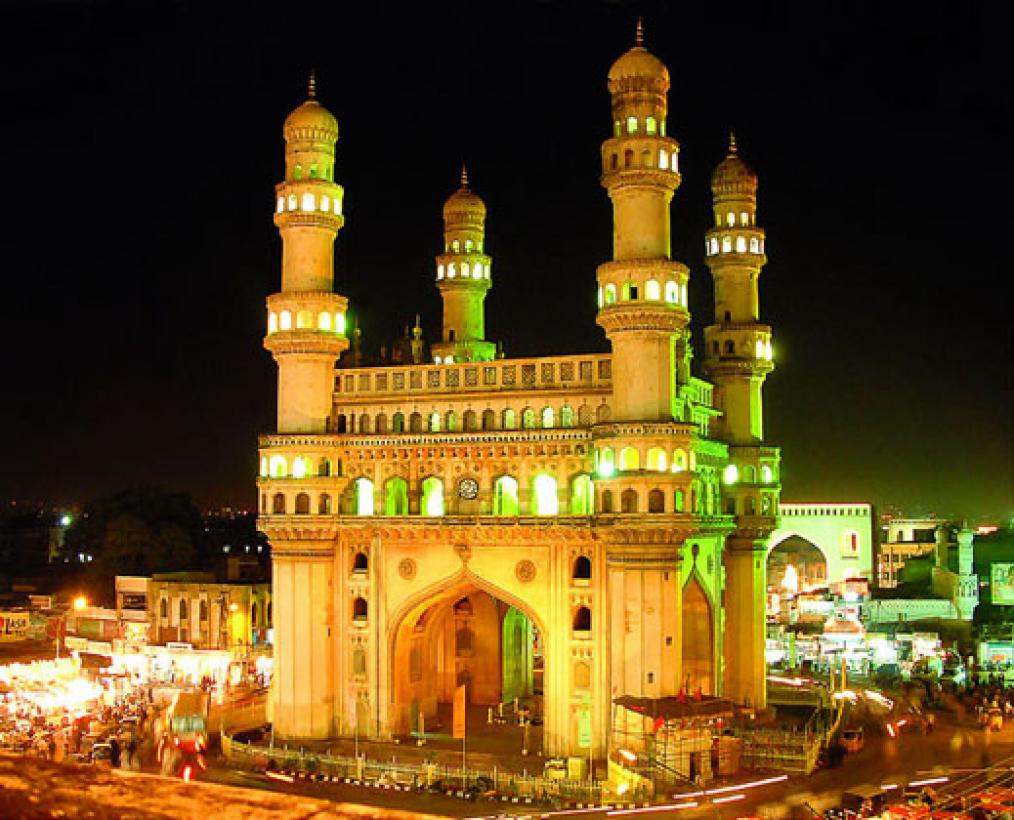The small towns of Osiyan, Phalodi and Khichan are about 135 km from Jodhpur. Osiyan comes first at 65 km, literally in the middle of nowhere, at the edge of the Thar. It is said that 2,500 years ago, Osiyan had a population in lakhs. The town was called Upkeshpur then and had four lakh Rajputs, who became Jains. It was later called Osiyan. Both Hindu and Jain temples, of red and cream sandstone, reputed to be around 2,500 years old, are superb works of art, easily rivalling those of Orissa and Karnataka. The Jain temple, 2,500 years old, is a masterpiece in creamy sandstone, very well maintained. Graceful thorans (arches), freestanding pillars and fantastic sculptures make this unique temple something of a fantasy. The dome temple has exquisite figures of apsaras in cream and pink stone, quarried locally long, long ago. This temple has been restored with care, using no cement or iron, but the materials used originally.
But it is Phalodi and Khichan that remain in the mind. In typical regional style, the havelis loom up from the road, secluded by jharokhas and jaalis, and thick wooden doors frequently embellished with ivory and brass.
Many of the havelis paint their grand front doors a fantastic shade — so vibrant in the desert scene. Temples prefer bright yellow for the doors, a fabulous combination against pristine whitewashed walls, the sand and the colourful attire of the womenfolk. The wooden doors, small windows (khidkis) and ceilings are usually made of the hardy local Rohida wood, mellowed over the years. The wooden pieces have become collector’s items today.
Many of the large havelis have a basement, as is evident from the raised front. This serves as a cool area in the summer heat, as also suitable for the storage of perishables. Large chutes from the raised frontage send out the rain water into the streets.
A heightened sense of beauty somehow seems to have pervaded the desert region, perhaps to balance or counter the extreme aridity. Correspondingly, workmanship and artistry of a high order also appears to be an inborn gift of the people here. Given the popular hyped attractions of the bigger cities in the State, it is no surprise that this area is not so well known. However, the richness of its architectural heritage brooks no denial, especially as a visit here can be combined with trips to nearby Bikaner and Jaisalmer.

































